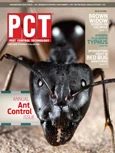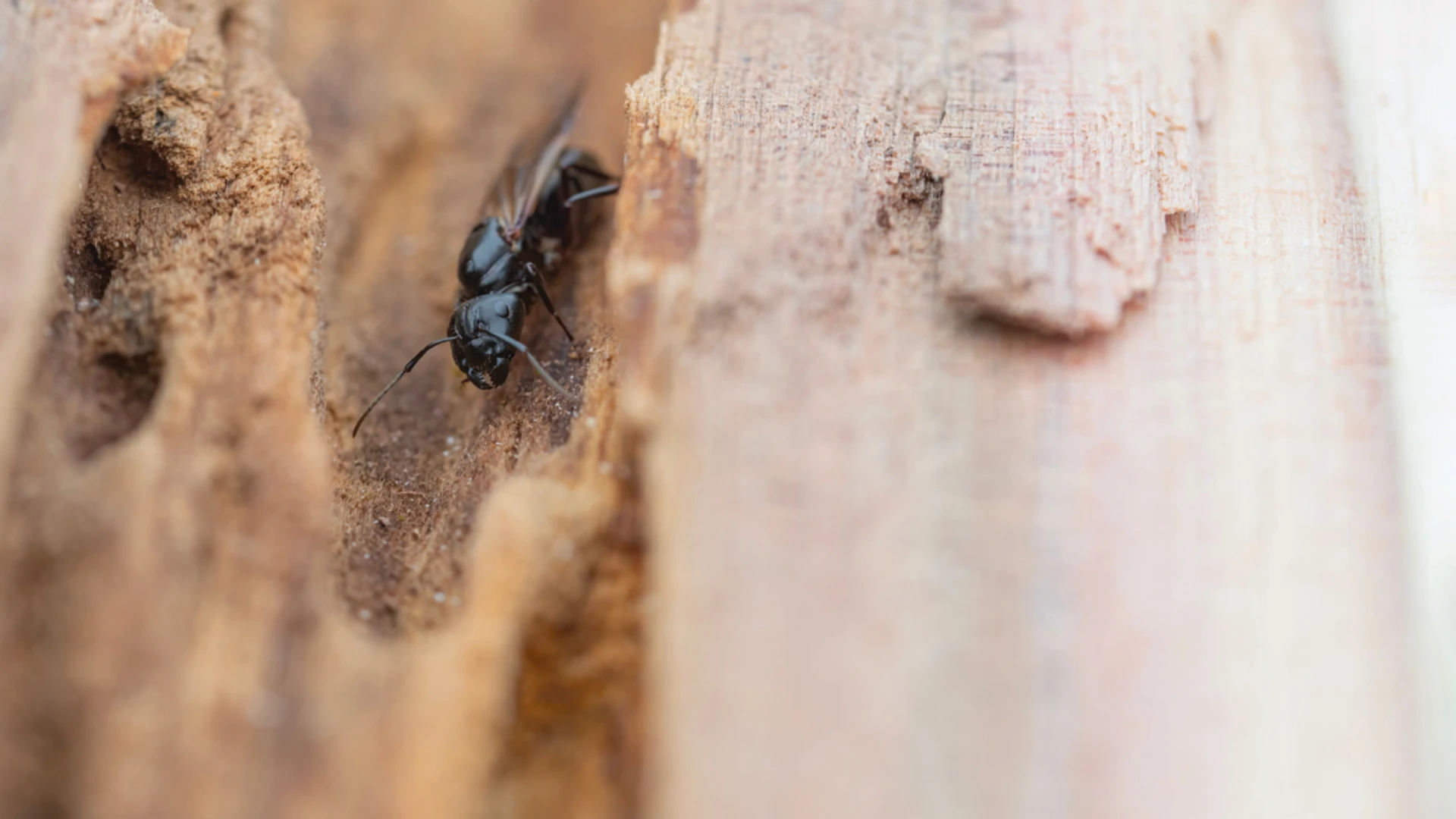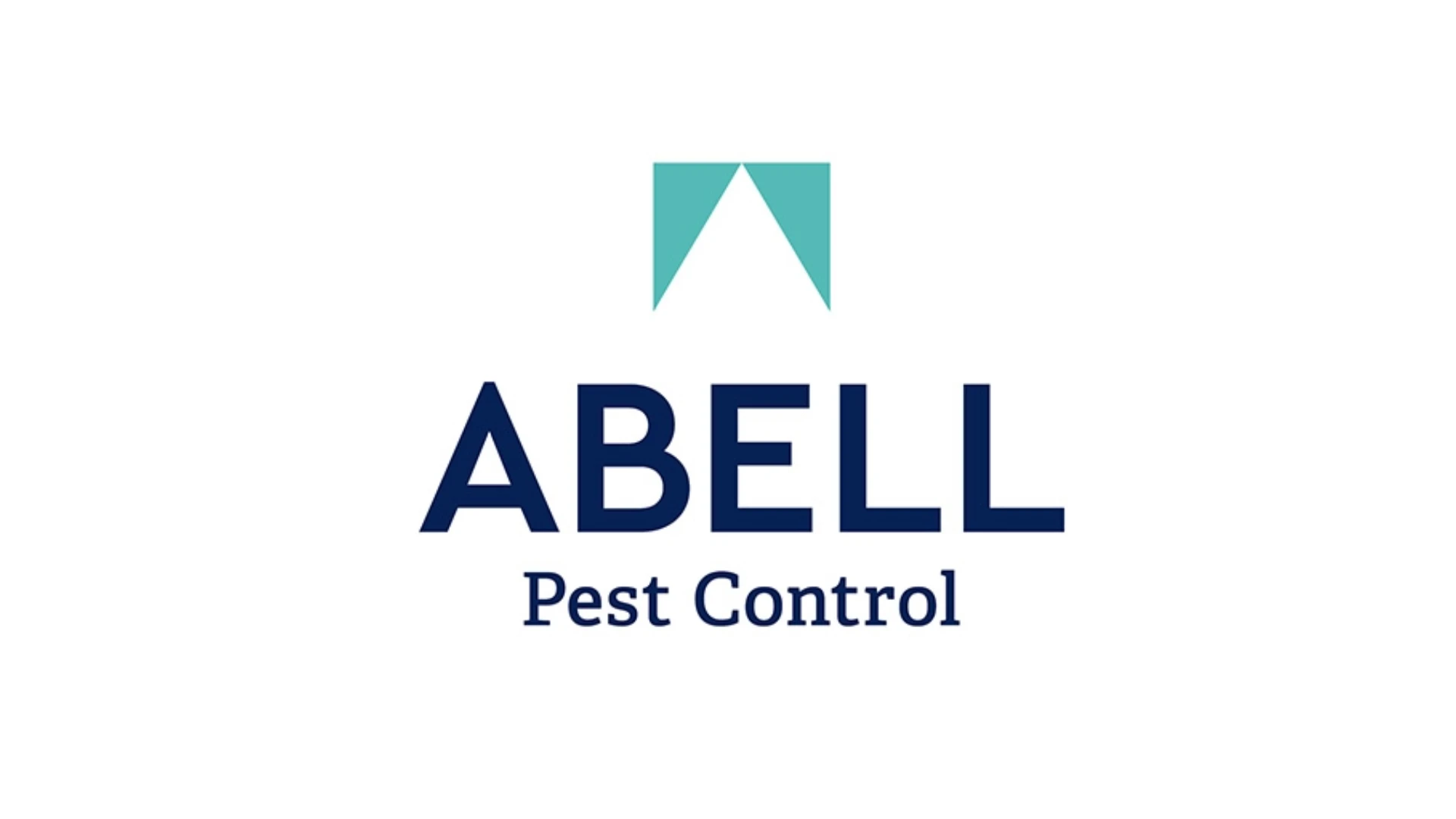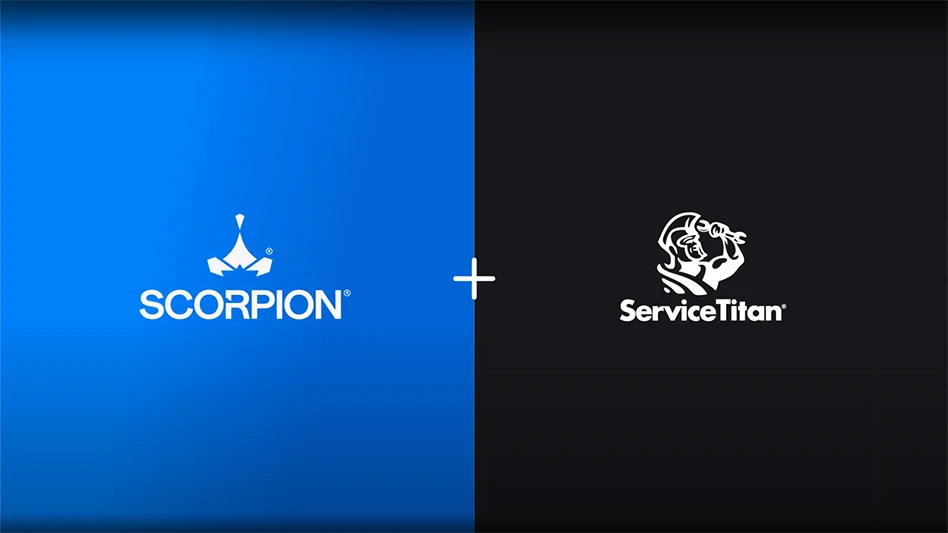Professor and coordinator for the Purdue University Department of Entomology’s Center for Urban and Industrial Pest Management, Dr. Gary Bennett is the first to admit that he had no idea such a large ant population had been living on the Purdue campus.
Bennett shared this discovery and others during an educational session at NPMA’s PestWorld 2008. In an effort to study behavioral and biological issues related to controlling various urban ant species, Bennett shared three research projects that, ultimately, will help pest management professionals evict urban pest ants from their customers’ properties.
Presenting the research efforts in three sections, Bennett addressed the effects of residual insecticide barriers on urban pest ants, black carpenter ant colony structure and its impact on control, and how odorous house ant colony structure affects bait efficacy. All of these projects were led by Purdue Research Professor Grzesiek Buczkowski.
Evaluating residual barriers. The first research project’s objectives were to evaluate the efficacy of commonly used insecticides, as well as one expected to launch soon, and to determine their effects on individual ant species.
The research team treated the buildings’ foundations one foot up and the ground level one foot out to prevent ants from gaining entry into the structures using labeled rates and equal volumes of the products. A control helped the team compare the normal ant population to the colonies that were treated.
“We treated a series of older apartment complexes on the edge of campus near various crops so that’s reflected in the ant populations we sampled,” Bennett said. “While these species might not be the same we would find in the center of campus, many of their behavioral characteristics hold true for most ant species.”
Ant species encountered included pavement ants (70 percent), cornfield ants (21 percent), odorous house ants (4 percent), little black ants (4 percent), field ants (1 percent), and carpenter ants (0.5 percent). This study was conducted during the day, which accounts for the low carpenter ant population, a species that forages at night. The team placed tuna fish baits in the treatment zones and collected them one hour after treatment, one day after treatment and then each week for eight weeks to track how well each treatment worked.
All of the insecticides tested controlled ants around the structure, but treatment response varied by species. Pavement ants — which were by far the most prevalent species in the study — experienced a fast decline. However, about two weeks after treatment, the research team saw a rapid recovery of the pavement ant population.
“They are out there in such huge numbers, so very quickly they will make their way back into the treatment zone,” said Bennett. “If residues are working, you will kill the ants, but there may be a lot of ants out there that will still make their way back into the building when there are high population numbers.”
Carpenter Ant Complexities. Many pest control professionals will say that carpenter ants are the most likely to cause headaches. A complicated colony structure makes it difficult to locate and eliminate the queen, and its workers tend to forage at night. The colony structure includes a focal or central nest, which hosts the queen, as well as several satellite nests or colonies that host foraging workers. The key to solving carpenter ant problems is to locate and eliminate the central nest. According to Bennett, following ant trails is one of the best ways to locate the focal nest, although it may mean that pest management professionals change schedules to “play detective” after dark.
“Carpenter ants are most likely to come out at night looking for food and moisture, thus providing you with valuable clues as to how to control or eliminate them from the customer’s property,” said Bennett.
Since carpenter ants tend to work the night shift, so did Bennett and his team, watching worker ants trail through the grass from 9 p.m. to 4 a.m. during this study.
“We were very surprised that we have a lot of carpenter ants we didn’t know we had. For this study, of the 472 trees we inspected, 142 were infested — about 30 percent,” he explained. “While you can see some ants in the daytime and track them back to a nest location, if you are out there at night, it’s easy to find them because there are usually thousands of them,” Bennett said.
According to Bennett, although carpenter ants are extremely difficult to control, pest management professionals can do it without necessarily treating every single nest, provided they make sure they place enough bait and that they keep it fresh.
“We had somewhat similar results whether it was a partial or full treatment, with some qualifications. When the bait was eaten we would put out more, sometimes on a nightly basis,” said Bennett. “Ultimately, we did eliminate those colonies, but it did take a month to do it.”
Many Queens. Although small in size, the odorous house ants’ extensive colony infrastructure may strike fear in the hearts of those dedicated to solving customer ant problems. Bennett and his team set out to discover strategies to effectively treat them based on their complicated colony structure, embarking on field tests near two campus buildings that had odorous house ant problems.
“The odorous house ant is really difficult to deal with. When you look at carpenter ant colonies that usually have one queen, odorous house ants have extremely large colonies usually with more than one million workers, and perhaps thousands of queens per colony,” said Bennett. “They are also polydomous, meaning the colony has multiple nesting sites.”
Each spring, the central colony begins to disperse in many directions creating multiple nests. In summer, the colonies spread further to initiate more nests. In fall, when it starts to get cooler, workers begin to make their way back to the central nest to spend the winter as one unit. Some of the satellite nests die out, but if they are under a slab or somehow protected from the cold as is the central nest, they can become a central colony the next season.
“Our central colony was located alongside one of the buildings and in March we found seven nests that had spread out from the central colony. In April, just one month later, we found 32 nests that had dispersed from that colony. In May, we found 89 nests,” Bennett explained. “What we wanted to see was how they were connected.”
The team used protein marking to examine how the distribution of nests and trails affects the distribution of food within a large polydomous colony. Researchers placed bait stations with protein markers in 20-percent sugar water next to foraging trails. They collected workers 24 hours later from nine locations and analyzed them using enzyme-linked immunosorbent assay (ELISA).
“What we found was that 73 percent of the ants next to where the bait was located had ingested the bait, but farther away only about half had the protein marker,” Bennett said. “This showed that you have to put out multiple baits throughout the whole nest system to get good control of the colony.”
Because the bait can only extend as far as the foraging trails, pest management professionals need to find the trails before baiting and be sure to place baits close to the foraging trails and nests. In addition, the study found that odorous house ant feeding is localized, so numerous bait stations may be necessary for it to reach all of the nests. Finally, it showed that feeding is delayed in some queens and brood so repeated baiting may be necessary to eliminate the queen and surviving brood.
“Controlling odorous house ants means repeated baiting over time, making sure there is fresh bait out there and that it is being distributed throughout the nest system,” Bennett explained. “These are typical features of many ant species, but very typical of odorous house ants. You’ve really got to work at it.”
The author is a frequent contributor to PCT. She can be reached at cbrazell@giemedia.com.
*******
Dual-Action Insecticide Targets Ant Callbacks
Ants are the number one economic pest in the United States, representing a key market segment for pest management professionals who find themselves under significant financial pressure as a result of the recent recession.
It’s no secret that ants are a major pest in all regions of the United States, but they are particularly problematic in Florida where invasive species like Caribbean crazy ants cause numerous problems for PMPs, including regular callbacks. Rick Sorrentino, president of Sorrentino’s Pest Control, Sebastian, Fla., knows all too well the detrimental impact of callbacks on his bottom line. Successfully managing fuel and people costs are critical to the success of any company, so “if a product can prove to be long-lasting and give me the ability to reduce callbacks, eliminating the need for a repeat visit — that’s a successful product that I’d be willing to stick with,” he said.
Sorrentino recently incorporated Temprid into his perimeter program, where Carribean crazy ants were proving difficult to control, with positive results. “Since incorporating Temprid into our ant program, we’ve been knocking ants out in one application,” resulting in a drop in callbacks. “Fewer trips mean I’m not only saving money, but that my customers are happy,” Sorrentino said, “both of which impact my business in a huge way.”
HOW IT WORKS. “The power of the ant control promise of Temprid lies in the systemic activity of imidacloprid and its ability to eliminate the honeydew food sources that are sustaining ant populations,” according to Dr. Byron Reid, product development manager, Bayer ES. “I’m convinced that historically a lot of ant failures have been caused by the fact we’re treating the dirt around the house and the sides of houses — creating a kill zone where a bunch of ants die — but vast populations of scale insects and aphids that produce honeydew remain on all the landscaping and the vegetation around that property, providing ready-made food resources that sustain ant populations just outside the area where PMPs are treating.
“Through foliar application of Temprid SC, we’ve been able to take out those honeydew-producing insects on the landscape plants and the vegetation around the property,” he said. “And when you take out a major food source and provide an effective residual treatment of the structure, the combination on ant population survival is devastating. It takes an awful long time for those ant populations to recover and come back as a callback.”
KEY FEATURES. Temprid SC can be applied both indoors and outdoors, as well as a perimeter application 3 feet up and 10 feet out from the structure, according to Reid. In addition, there is no practical limitation to the number of times the product can be applied, according to the manufacturer. (The Temprid label is flexible enough to allow for an application every seven to 10 days, if needed.)
Available as a suspension concentrate, 1 gallon of the product contains 2 pounds of imidacloprid and 1 pound of beta-cyfluthrin. Temprid SC is available in a 400ml bottle (6 x 400ml case), and is designed for application in and around buildings and structures, as well as on established landscape ornamentals around residential and commercial properties. The maintenance rate for the product is 8ml per gallon, while the clean-out rate is 16ml per gallon.
“We are so confident that Temprid will help PMPs reduce callbacks and simplify their business operations that Bayer is guaranteeing their satisfaction,” said Eric Lentz, general insect control manager, Bayer ES.
For more information about Temprid SC, visit your Bayer authorized distributor, contact your local Bayer ES representative or call Bayer customer service at 800/331-2867. To order a free Temprid Formulation DVD visit www.BackedbyBayer.com or call 800/331-2867.
*******

Explore the April 2009 Issue
Check out more from this issue and find your next story to read.
Latest from Pest Control Technology
- Rose Pest Solutions Becomes Official Pest Provider of Chicago Fire FC
- WSPMA Hosts Legislative Day at Washington State Capitol
- A-1 Pest Control Marks 59 years in Business
- Hawaii PCO Shares Regulatory Challenges, Business Impacts from Lahaina Wildfires
- 5 Tips for Reducing Waste in the Office and in the Field
- OvoControl Now Available in Chile
- Envu Announces Savings Programs for Pest Management Professionals
- Follow the Trail





